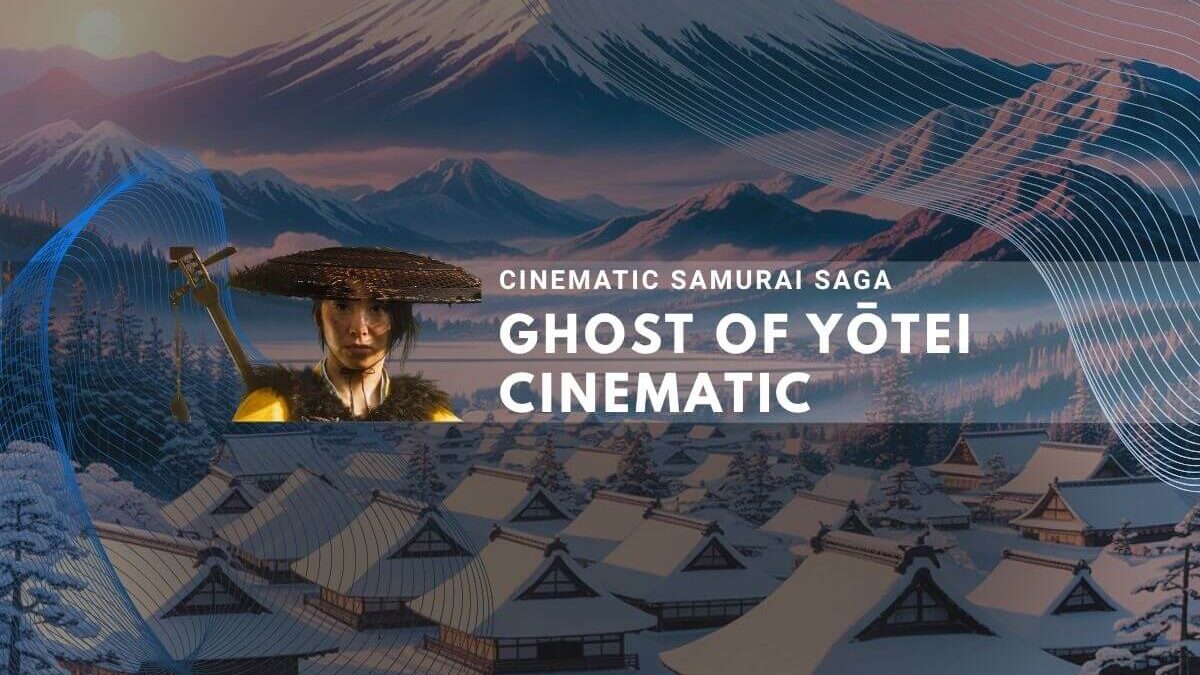Ghost of Yōtei, also referred to as Ghost of Yotei, is the PlayStation 5 sequel to Ghost of Tsushima. Ghost of Yotei launched on October 2, 2025, as a y tei playstation 5 exclusive and invites players to explore a richly detailed version of 1603 Ezo—today’s Hokkaido, Japan—while avenging the protagonist’s slain clan through cinematic gameplay modes. The setting and story emphasize the frontier atmosphere, making Ghost of Yotei on PlayStation 5 a continuation of the series’ focus on historical immersion and emotional storytelling.
Release Date and Platform
Ghost of Yōtei launched on October 2, 2025, exclusively for PlayStation 5.[1][2]
Historical Setting
The game unfolds in 1603 in Ezo, the northern frontier later called Hokkaido, Japan. Players assume the role of Atsu, an onna-musha mercenary driven to avenge her clan against the Yōtei Six, the bandits who massacred her family sixteen years earlier.[2][3][4][5][6]
Cinematic Modes
The sequel to Ghost of Tsushima offers three optional modes inspired by Japanese filmmakers. Each mode alters visuals or audio to reflect a director’s style.
Kurosawa Mode
Developed with the Akira Kurosawa estate, Kurosawa Mode applies a grainy black-and-white filter with authentic film-grain textures. Enhanced wind, rain, hair, and cloth animations emulate Kurosawa’s dynamic framing and atmosphere.[7][8]
Miike Mode
Takashi Miike’s mode channels his film 13 Assassins by tightening camera angles, intensifying mud splatter, and heightening blood effects. The intimate combat presentation raises personal stakes without veering into gratuitous gore.[8][9][10]
Watanabe Mode
Shinichirō Watanabe’s mode reimagines the soundtrack with lo-fi hip-hop beats and remixed orchestral themes. Inspired by Samurai Champloo’s fusion of traditional Japanese instruments and modern rhythms—pioneered by Nujabes—this mode offers a fresh audio experience.[11][12]
Music and Soundtrack
Composer Toma Otowa blends shamisen, shakuhachi, and biwa with occasional Western strings and guitar. This fusion mirrors Ezo’s status as a cultural borderland beyond central control.[4][13]
Cultural Consultation
Sucker Punch Productions worked with Shintō scholars, samurai etiquette advisors, and Ainu cultural experts. Field research included visits to the Nibutani Ainu Museum and consultations on traditional foraging and architecture to ensure respectful representation.[14][15][16][17]
Critical Reception
Upon release, Ghost of Yōtei earned praise for its immersive landscapes and refined combat. Reviewers highlighted its faithful portrayal of 17th-century Hokkaido and the thoughtful integration of cinematic modes.[18]
